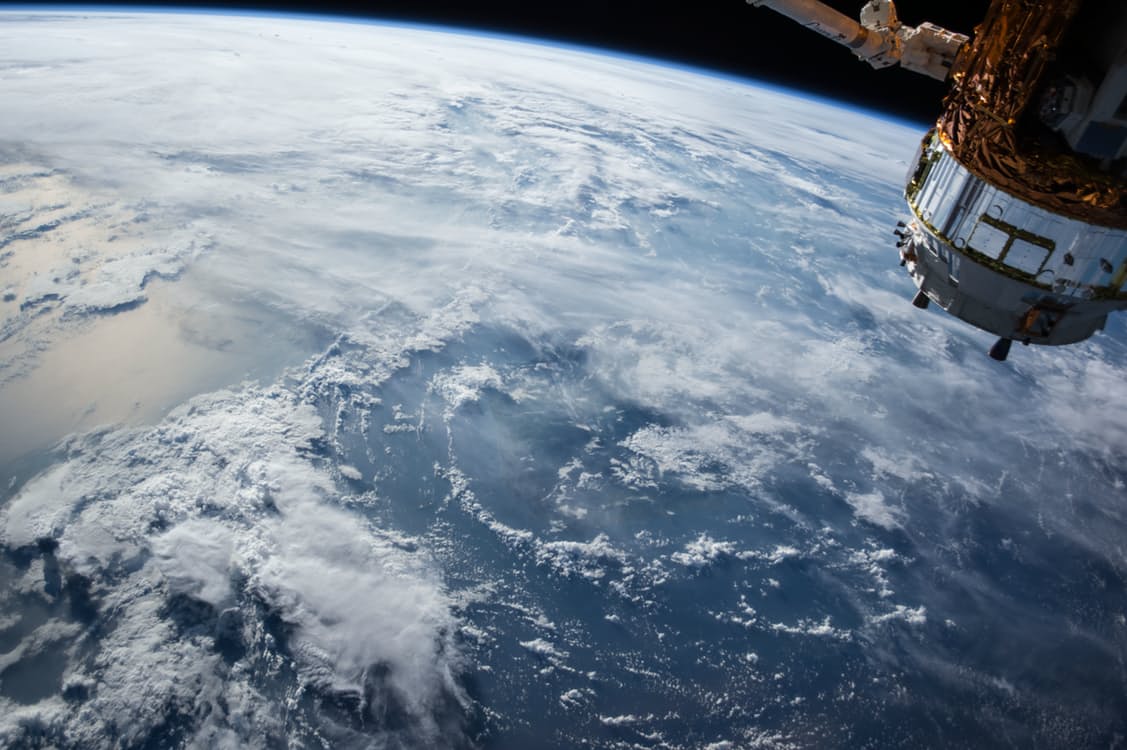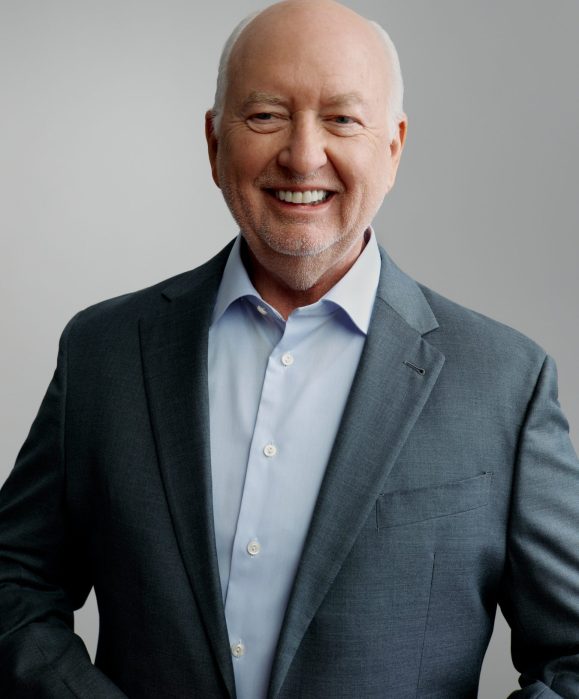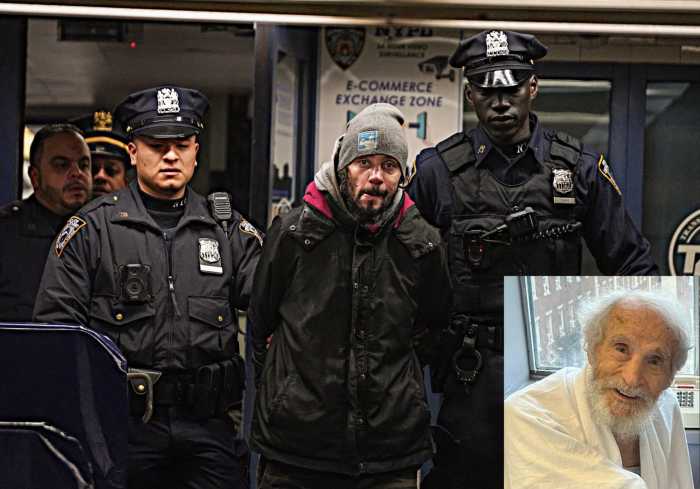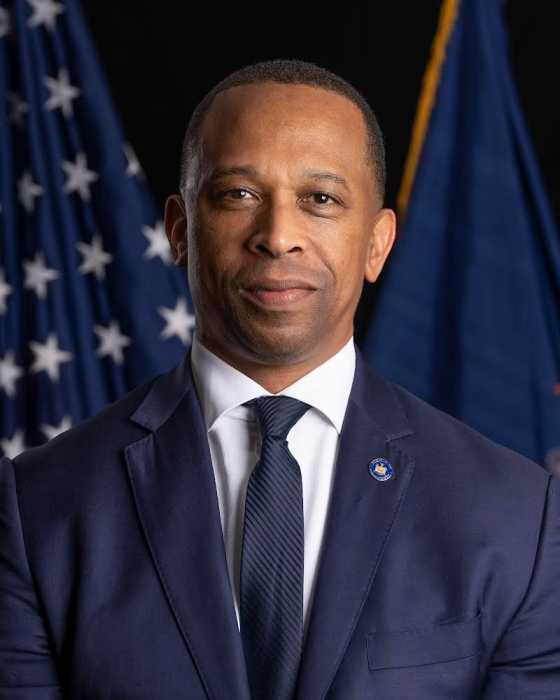By Dan Kriesberg
In the 1980s, two of the most serious environmental problems were the hole in the ozone layer and acid rain. As the gap in the ozone layer of the atmosphere grew bigger, increased levels of the ultraviolet (UV) light from the sun would reach the surface of the planet. Increased UV light leads to increases in skin cancer in humans and other health risks. Acid rain was killing trees in the Northeast and causing lakes to become so acidic that freshwater fish could not survive.
We don’t hear so much about these two problems because their threat has greatly diminished due to bipartisan legislation. In 1989 the Montreal Protocols went into effect. This international treaty was negotiated by President Ronald Reagan and banned the ozone-depleting chlorofluorocarbons. In the ensuing years the hole has been closing, although in 2015 its 10.9 million square mile size was still bigger than Russia and Canada combined. The Clean Air Act first signed into law in 1972 by President Nixon and revised in 1990 by President George H. W. Bush decreased levels of six common air pollutants by 69 percent. The legislation that eased these threats are lifesavers and money savers. Lawmakers were able to work together for the common good.
There is a concept in economics called ecosystem services. It means the accounting of the economic value that the natural world provides for us. The ozone layer protects us from high levels of UV light. If we destroy the ozone layer, the expense of that protection will fall on us. Imagine the cost in health care alone. The forests that would be killed by acid rain provide us with flood control, increased water quality and act as a sink to absorb excess carbon. Without the forests we would have to pay for those vital services.
There are no free lunches. Everything is connected. What we do matters. Laws and regulations that protect the environment are not just there for pretty flowers and cute animals. They protect us and save us money in the short and long run.
Our elected officials need to know that environmental protection is not a luxury. The health threats are real. Solving the problems requires a long-range view into the future as well as creative thinking.
When we had an administration with an environmental conscience, it was easy to be complacent. Trust them and let them do their job. We no longer have that luxury. We must speak up and act out. Write letters, make phone calls, visit offices, join organizations, take walks in the woods, donate money, talk to friends, learn about the issues and involve your children. Our government needs to know that environmental protection matters on the local, state, national and international levels.
Here is a list of organizations on Long Island working for a better environment from the New York State Department of Environmental Conservation. Join some today. http://www.dec.ny.gov/public/995.html
Dan Kriesberg teaches science at Friends Academy in Locust Valley. He is the author of A Sense of Place: Teaching Children about the Environment with Picture Books and Think Green: Books and Activities for Kids. He lives on Long Island with his wife, Karen, and two sons, Zack and Scott. He will be writing occasional columns on environmental issues for the Long Island Press. Whenever possible Dan spends his time in wild places backpacking, hiking and hanging out.


































